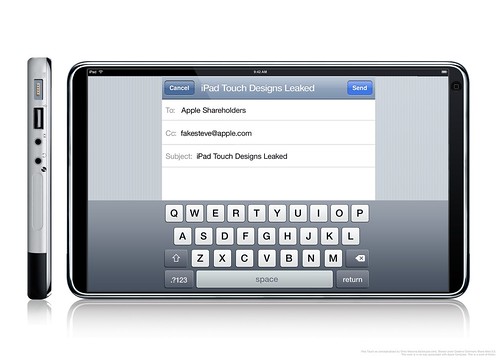Like those earlier funding efforts, this campaign offers donors a chance essentially to pre-buy a copy of the game. Let's run the numbers:
- They're trying to raise $5000 to print 1000 copies of the game, or $5 a game.
- That's a small print run; I bet their costs per copy are at least $10, more probably $15-20 or more, depending on components or packaging.
- Therefore, the $5 per copy they're raising on Kickstarter isn't going to come close to covering it all; they're going to have to put in $10-$20,000 of their own money.
- Their total revenue for selling out this print run would be $50,000, if they sell all of the games at their list price of $50.
Suppose they complete the Kickstarter campaign. Roughly speaking, they'll have collected $5,000 of capital, and they'll have pre-sold 100 of their 1000 games. They blow that $5000 and another $10,000 (conservatively) on their print run, and ship the pre-ordered games. Now, they have to make $10,000 back on 900 games to break even.
- Suppose they sell all of them at list, that's $45,000, or $25,000 net. A great return, but not realistic.
- Suppose they sell all of them, but at distributor prices (say a 60% discount). That's $18,000, or $8,000 net. Not so great.
- Suppose they only manage to sell 400 of them to distributors, and the other 500 stay in an attic somewhere, eventually discovered by their descendants playing hide and seek. That's $8,000, or a net of $2,000 lost.
I think my numbers are relatively conservative, and, very importantly, they don't include business and operating costs - shipping, storage, marketing, commissions, damaged goods, returns, travel, lost components, etc. - which can be pretty large. Also, it looks like Kickstarter takes a 5% cut of your funding off the top before you even see it, so that's even worse.
This gets to the problem with independent game publishing. The numbers are stacked against you; there's a huge initial printing cost, and you have to do a big print run to bring the per-unit cost down. Then, you have a pile of games you have to work to sell, without the connections and reputation of a major manufacturer, and you bleed more money all the time trying to attract customers.
People make this work, as new game companies emerge every year, but I wonder how lucky these few are. How many are left as burning wreckage by the wayside, thousands of dollars in the hole? I wish these Alien Frontiers guys well; their game looks neat, although investing $50 in a game I've never seen with an uncertain future printing date isn't something I'm comfortable with at the moment. They're trying something useful, though - getting buy-in from others through something like Kickstarter is a great risk-free way to distribute the investment (and the risk) from the designer/publisher to a broader group of interested parties.


























